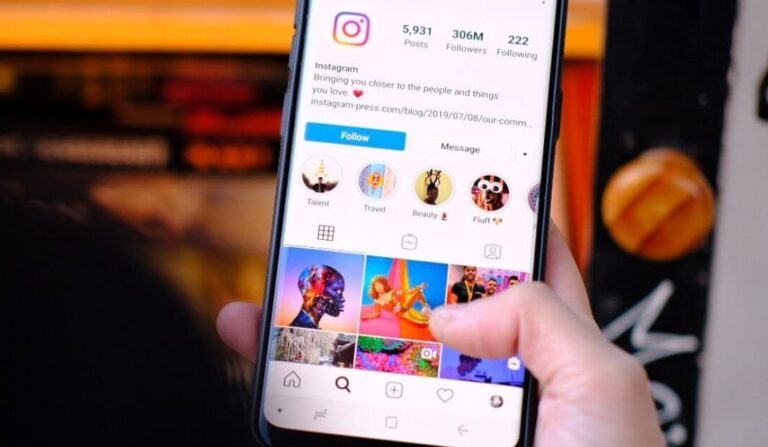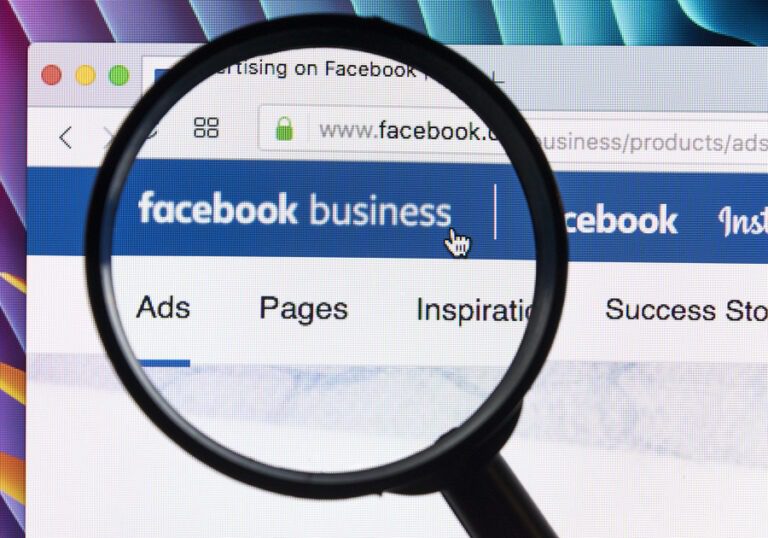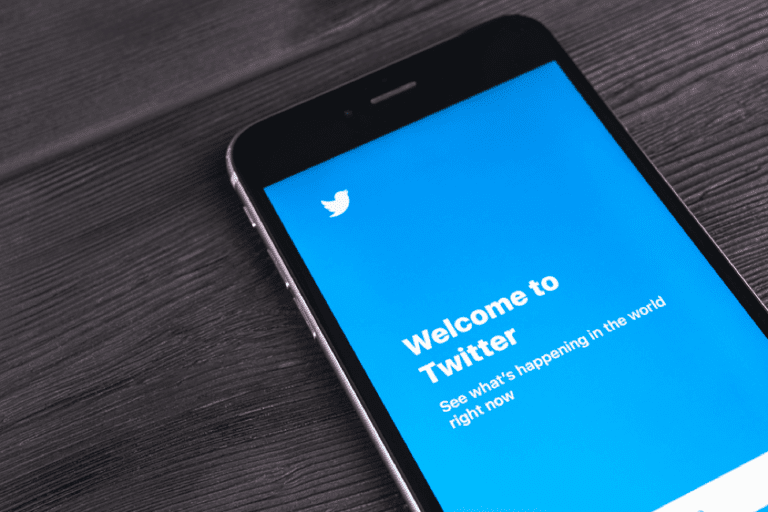Social Media Strategy: 6 Easy Ways to Write Fresh Social Media Posts for a Single Blog Post

I hope you enjoy this blog post. If you want Hello Bar to grow your leads, click here.
Author:
Ryan Bettencourt
Published
July 10, 2018
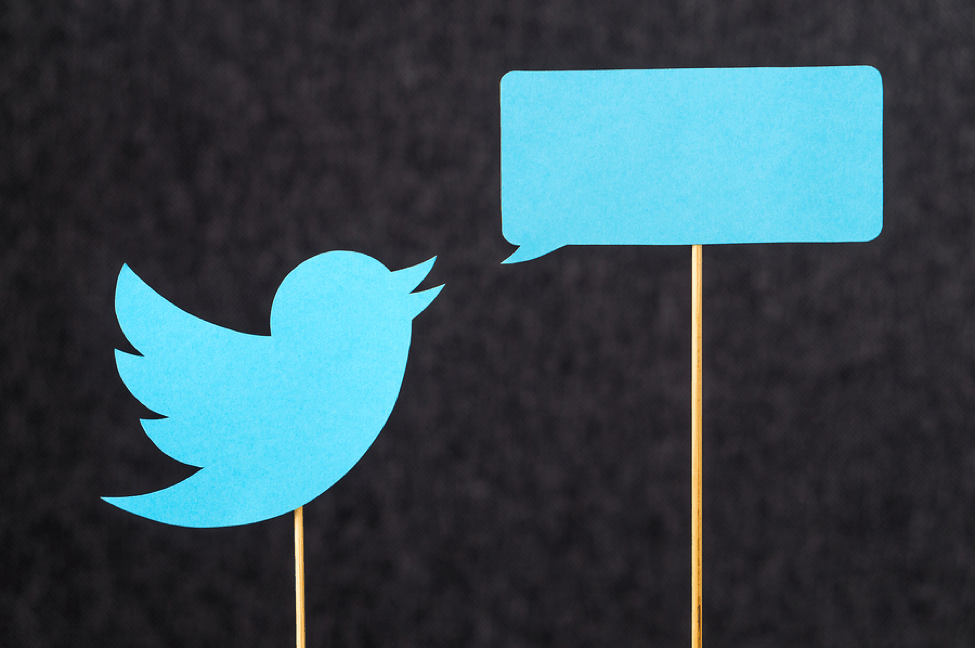
Most of the posts you write for your company blog are probably pretty evergreen – they’re the type of thing that never stops being relevant. Which is great when it comes to coming up with unique content for your social media strategy!
Your posts might look like these:
- Copywriting Tips: 23 Ultra Effective Steps to Increase Conversions
- Customer Journey Maps – A Complete Guide to Help You Create Yours
- Email Drip Campaigns: 10 Tips To Greatly Increase Sales Using Emails
Content like this is perfect for your blog because you can include it in your social media content management strategy and keep on sharing it on your social media platforms again and again over time! A social media scheduler can help you automate the process and ensure consistent posting of your valuable content.
Social media isn’t just for sharing your latest stuff – it’s for sharing everything that’s still relevant, so the more evergreen content you write for your blog, the bigger the payoff over time.
Think of it like building up a massive library of content over time. You can keep sharing blog posts you published a year ago, if the information is still relevant – and that means the time you spend writing those blog posts has a cumulative value!
When you promote a piece of content on social media over and over, though, you can start running out of things to say.
Networks like Facebook and LinkedIn don’t mind if you reuse a status update you’ve posted in the past, but on Twitter, you have to come up with something fresh. (In early 2018, they instituted formal rules against recycling the same copy in multiple Tweets.) That means if you’re sharing and re-sharing a blog post over time, you may end up writing dozens of updates promoting it over time!
So how do you keep it fresh?
When you’re promoting an evergreen post for what feels like the millionth time, how do you come up with something new to say?
Let’s take a look at 6 social media strategies that can help you quickly come up with new social media updates to promote a blog post.
Whether the blog post you’re promoting is from last week or last year, following these 6 examples in your social media strategy will help you push past your writer’s block and crank out as many social updates as you need!
Alternate your use of Twitter cards
Twitter cards work like Facebook link previews – they use a URL to automatically generate an image, title, and short caption that fit inside a Tweet.
Here’s an example:
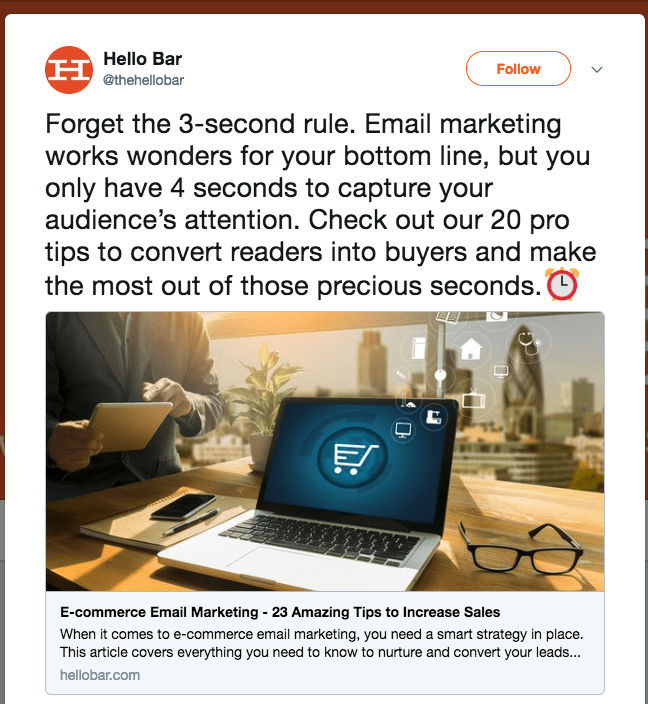
(You can learn more about enabling Twitter cards on your blog right here.)
Twitter cards are useful because they add extra context to what you’re sharing – and that means the copy you write for the status update itself doesn’t have to work so hard!
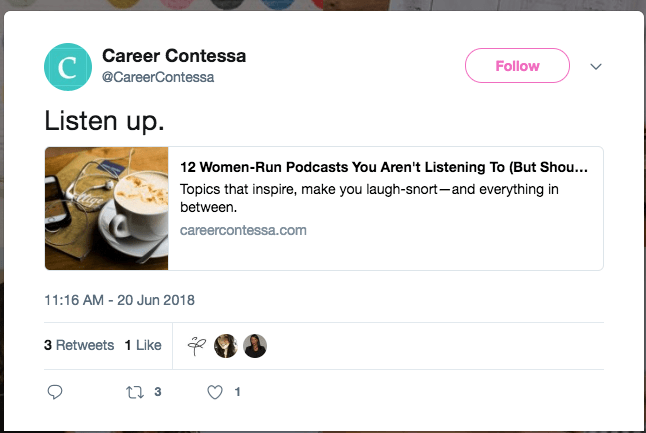
Providing information via a Twitter card means you can provide less information in the status updates you write.
That works the other way around, too.
If you’ve been promoting and re-promoting a particular blog post using Twitter cards, try mixing things up by attaching an image instead. Not having the information that a Twitter card would provide about your blog post forces you to be a little more creative packing information into the Tweet itself:

Whether or not you typically default to Twitter cards, try switching it up to the other way of doing things when you get stuck.
Create custom images
Like that last example showed, images pulled directly from your blog post can be a useful way to add unique context to a promotional status update – or to catch someone’s eye and make them curious.
If your post doesn’t have any images in it that feel like a good fit, though, you can always whip one up on your own.
A free program like Canva is all you need to put together an eye-catching image promoting your latest post – here’s an example:
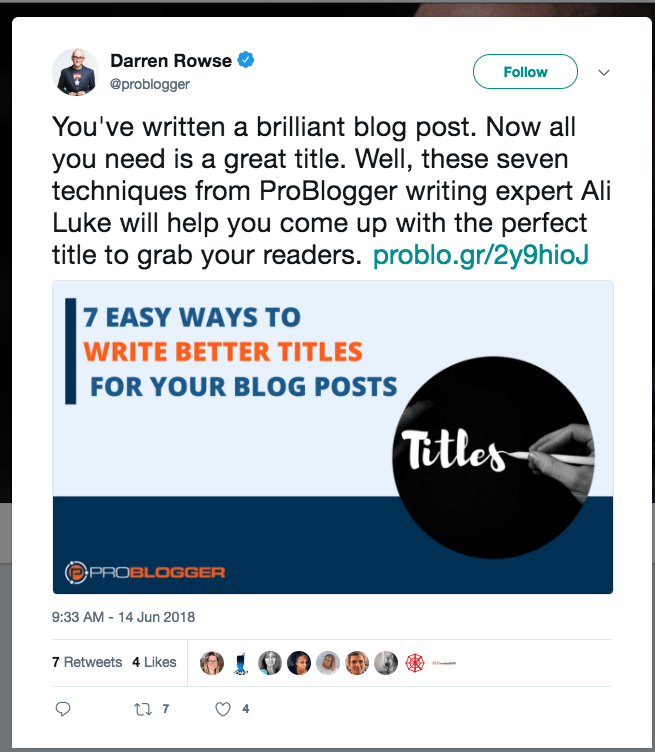
You can even follow the same format every time to develop a recognizable, consistent visual identity. Here’s another example from that same account:

Custom images like these don’t have to be complicated to be effective – and mixing them into your rotation of other promotional updates helps keep things fresh.
Include Questions In Your Social Media Strategy
Even when your status update’s main purpose is to drive traffic to a blog post, you can use it as a springboard for starting a conversation directly on social.
This is especially valuable on Facebook because Facebook’s algorithm favors updates that get a lot of engagement – comments included! When one of your Facebook Page’s updates gets good engagement, both that update and the other updates you share on your Page are more likely to get a bigger audience.
Here’s an example:

Because that update asks a question, it gets a conversation going in the comments – which means Facebook will reward the update with a bigger audience.
And a bigger audience means more clicks to the blog post, too.
When you’re trying to think of a good status update to promote a blog post, consider how you would start a conversation about that blog post with another person. What questions would you have for them? Asking those questions directly in your update can kick off a pretty lively discussion!
Pull from your post
We’re used to thinking of Tweets as 280-character messages – and there’s only so much you can do with 280 characters.
When you get creative with your media, though, you can say a whole lot more!
Quoting your own article, for example, is a great way to switch things up:
https://twitter.com/nytimes/status/987007416398004224
Even just a simple screenshot will do when you’re trying to save time:
https://twitter.com/vulture/status/1006547413593743360
This works for other types of media that might be in your blog post, too.
Want to promote a webinar or a podcast? Cut out a quick clip, and use that for a status update that’ll get people curious for more:
https://twitter.com/semrush/status/1008611802924703745
Grabbing bits and pieces like these straight from the post you’re promoting might feel like it’s too easy, but it can help you squeeze a lot more information into an update and create just the teaser your audience needs to get hooked!
Focus on one thing at a time
When you’re writing a promotional status update, it’s tempting to want to sum up the entire blog post.
If you’re stuck coming up with ideas, though, it may help to forget about the big picture and focus instead on one part of that blog post at a time.
Focus on one single aspect of your blog post for a status update, then focus in on a different aspect for a different update. If your post is analyzing a study, what’s one particular statistic you found interesting? If it’s a list of different tips and tricks, what’s one of them?
Here’s an example:
https://twitter.com/air_story/status/1006091200523329536
The blog post that this Tweet links to includes a lot of information, including statistics – so rather than try to focus too hard on summarizing the big picture, this Tweet focuses in on just a couple of juicy stats.
Here’s another example:
https://twitter.com/MailChimp/status/1001614422748684288
Again, the blog post being promoted by this Tweet includes a lot of interesting stats – which means they could write a fresh status update for each one!
Don’t give away the end
One way to make people want to click on your links is to generate a slight air of mystery – and that means not giving away the entire story of your blog post in a status update.
Similarly to that last method, stoking curiosity means focusing in on a particular aspect of the blog post you’re promoting, but doing it in a way that leaves an unanswered question.
Sometimes, that takes the form of asking a question explicitly:
https://twitter.com/MeetEdgar/status/1009074022351622145
Other times, it means hinting at the answer:
https://twitter.com/MeetEdgar/status/1009778463786590209
The important thing to remember when you’re writing this kind of update, though, is to avoid going too far – because that’s when you’re writing clickbait.
Clickbait-style headlines are the kind that manipulate readers by either withholding too much information or teasing them with a misleadingly provocative statement. They might include phrases like:
- “You won’t believe what happens 2 minutes into this video!”
- “Her birthday wish will make you cry!”
- “Is looking at your dog actually killing you?”
Statements like these may make someone curious enough to click, but both users and social networks find them too manipulative. Facebook has even implemented automated systems for identifying clickbait and restricting its reach.
When you’re trying to come up with a promotional status update, look for a strong, curiosity-inducing hook in the post itself. What questions does the post answer? What problem does it solve, and what information can you tease? Focus on these questions, and the solution you’re looking for will reveal itself!
There’s more than one way to write a status update
Evergreen content is your blog’s secret weapon – when you promote it again and again over time, you can squeeze way more value out of work you did a long time ago.
Whether you need to write fresh copy for Twitter or you just want to try something new on Facebook or LinkedIn, try one of these methods for writing your promotional updates, and you’ll find it’s easier than it sounds to come up with fresh ways of connecting people with your content!
Want to make it easier than ever to leverage your evergreen content on social media? Meet Edgar, and see how simple he makes it – sign up here using the code HELLOTHERE to try a month of MeetEdgar for free!


